Looney Tunes and its sister series Merrie Melodies are cornerstone properties in the history of animation, delighting audiences since their inception in the early 1930s. Initially produced by Leon Schlesinger with animators Hugh Harman and Rudolf Ising, the series began as a showcase for Warner Bros.’ musical compositions. Schlesinger’s studio produced the shorts until 1944 when it was sold to Warner Bros., rebranding it as Warner Bros. Cartoons. Inspired by the success of Walt Disney’s Silly Symphonies, Looney Tunes initially focused on musical adventures featuring characters like Bosko and Buddy. However, it was the introduction of directors Tex Avery, Friz Freleng, Chuck Jones, and Bob Clampett, along with voice actor Mel Blanc, that truly brought the series to life, elevating characters such as Porky Pig and Daffy Duck to stardom.
As Bugs Bunny rose to fame in the early 1940s, Looney Tunes transitioned from black and white to color, a shift already made by Merrie Melodies in 1934. This period marked the golden age of these animated shorts, where they dominated movie theaters from 1942 to 1964, becoming a staple of American entertainment. The distinction between Looney Tunes and Merrie Melodies gradually faded, with both series featuring a mix of recurring and one-shot characters. The legacy of these cartoons was cemented as they became the most popular animated shorts, thanks to their inventive storytelling and memorable characters.
Today, Looney Tunes has grown into a global media franchise encompassing television series, feature films, comic books, video games, and even amusement park rides. Characters like Bugs Bunny, Daffy Duck, and Porky Pig have become cultural icons, with Bugs Bunny earning a star on the Hollywood Walk of Fame. The influence of Looney Tunes extends far beyond the screen, with many of its shorts ranked among the greatest animated cartoons of all time, including five Academy Award winners. In 2013, TV Guide honored Looney Tunes by naming it the third greatest television cartoon series ever, underscoring its enduring appeal and significant impact on the animation industry.
Iconic 90s Looney Tunes Weetabix TV Commercial
How to tell if Looney Tunes is vintage from the logo
The evolution of the Looney Tunes logo reflects the brand’s long history and its adaptations over the decades. From its early beginnings in the 1930s to the modern era, the logo has undergone several transformations. Here’s a detailed look at the different logos and the eras they represent to help identify vintage Looney Tunes items.
1930 to 1934 Looney Tunes logo
- The original Looney Tunes logo from this era features simple black and white text.
- The font is playful and slightly uneven, reflecting the early animation style.
- This logo does not include any additional graphics or characters, focusing solely on the text.
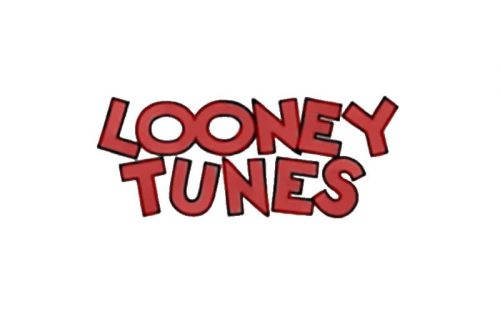
1930 to 1934 Looney Tunes logo
1934 to 1936 Looney Tunes logo
- During this period, the logo remained quite simple but started incorporating a more refined font style.
- The text is still black and white, maintaining the classic animation look.
- This era’s logo still focuses on the text with no additional imagery.
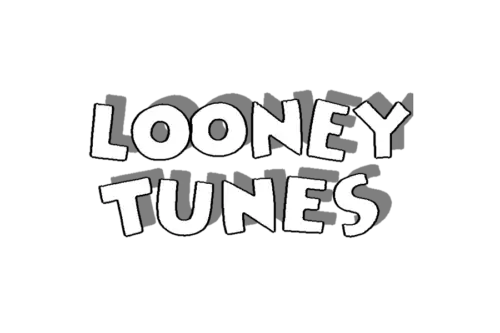
1934 to 1936 Looney Tunes logo
1939 to 1964 Looney Tunes logo
- This logo introduced a more colorful and iconic design with a red center and concentric blue rings.
- The text is bold and white with a red outline, positioned in the center of the rings.
- This design is closely associated with the classic Warner Bros. cartoon intros.
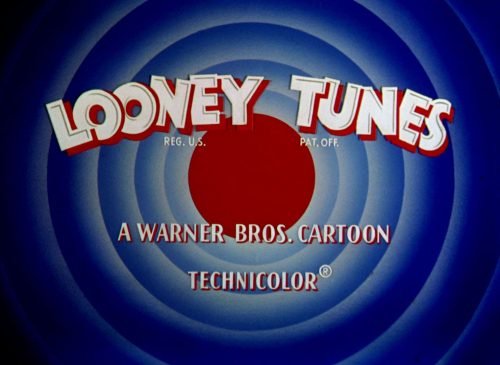
1939 to 1964 Looney Tunes logo
1964 to 1969 Looney Tunes logo
- The logo during this era used a unique, playful black and white text design.
- The font is more stylized and uneven, capturing the whimsical nature of the cartoons.
- This period’s logo is recognized for its distinct typography without any additional graphics.
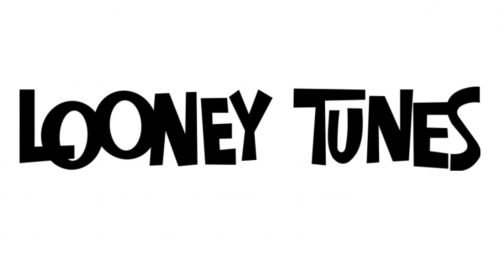
1964 to 1969 Looney Tunes logo
1996 to 2007 Looney Tunes logo
- This logo era introduced Bugs Bunny into the design, placed in front of the classic red rings.
- The text “Looney Tunes” is bright yellow with a slight curve, adding a modern touch.
- This logo incorporates the Warner Bros. shield at the bottom, emphasizing the brand.
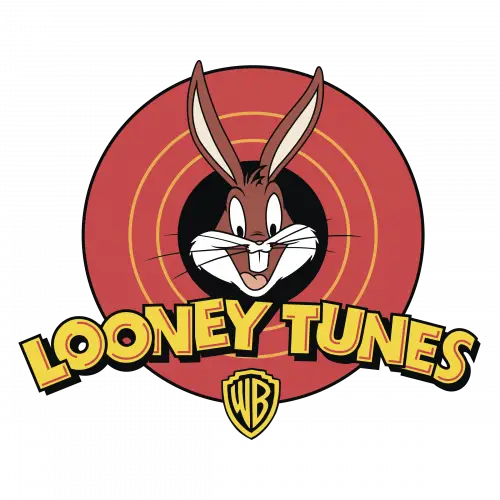
1996 to 2007 Looney Tunes logo
2007 to now Looney Tunes logo
- The current logo maintains Bugs Bunny as the central figure but features updated, more vibrant colors.
- The text is bold and yellow, with a clean and modern font.
- The red rings and Warner Bros. shield are still present, keeping the classic elements intact.
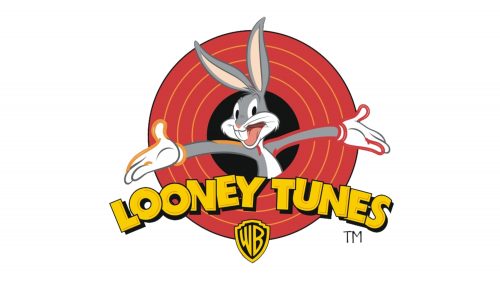
2007 to now Looney Tunes logo
How to tell if Looney Tunes is vintage from the tags
Looney Tunes merchandise has evolved significantly over the decades, reflecting changes in branding, manufacturing, and design trends. Identifying vintage Looney Tunes items can be done by examining the tags, which provide clues about the era of production. Here is a guide to help you identify vintage Looney Tunes tags from different decades.
Having difficulty identifying vintage tags or labels? Upload a picture on our vintage tag identification page, and we’ll assist you!
1990s vintage Looney Tunes tags
- Tags often feature bright, colorful designs, typical of the 90s aesthetic.
- Includes bold “Looney Tunes” text with character illustrations, such as Bugs Bunny.
- Some tags have a focus on specific characters or themes, reflecting popular culture trends of the time.
- Tags may include details about materials and care instructions, often with simple, straightforward fonts.
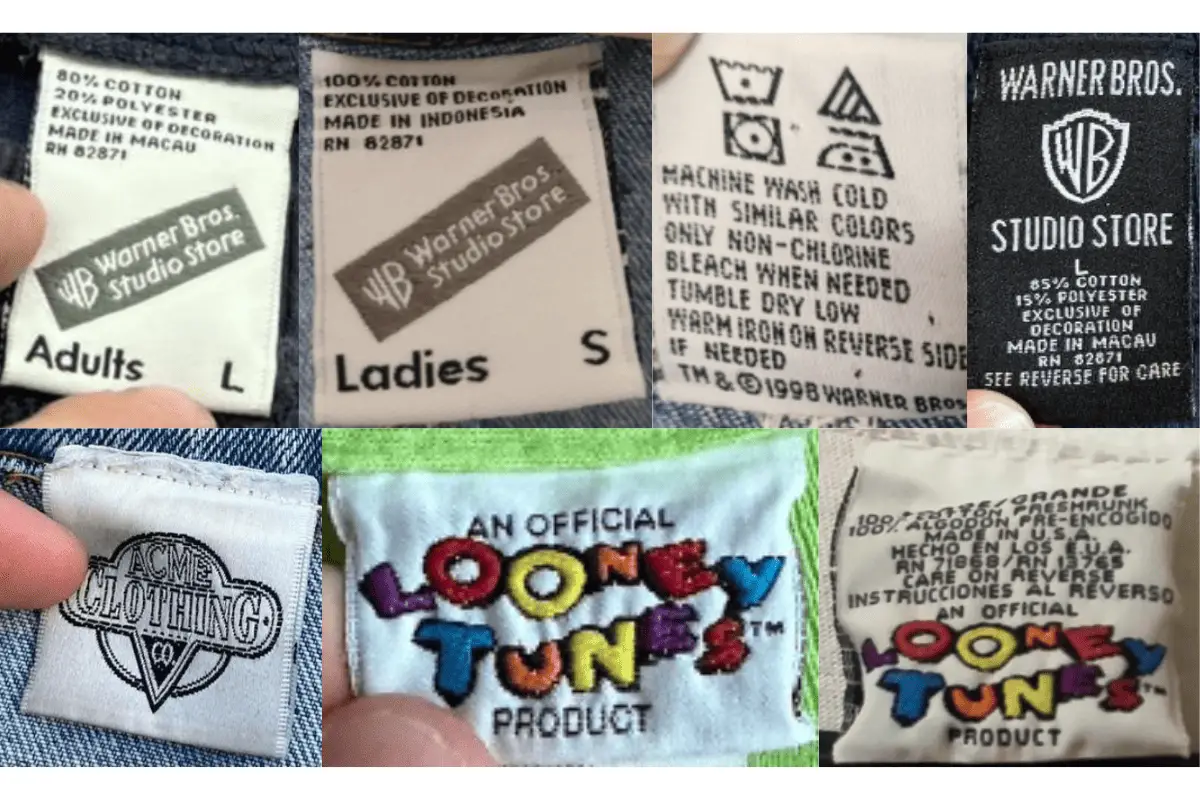
1990s Looney Tunes tags
2000s vintage Looney Tunes tags
- Tags from this era may start to incorporate more modern, sleeker designs while retaining the classic Looney Tunes branding.
- Focus on the WB (Warner Bros.) Studio Store branding becomes more prominent.
- Tags often include detailed care instructions and material compositions, reflecting a shift towards more informative labels.
- Incorporation of holographic or more complex printing techniques to prevent counterfeiting and enhance brand authenticity.
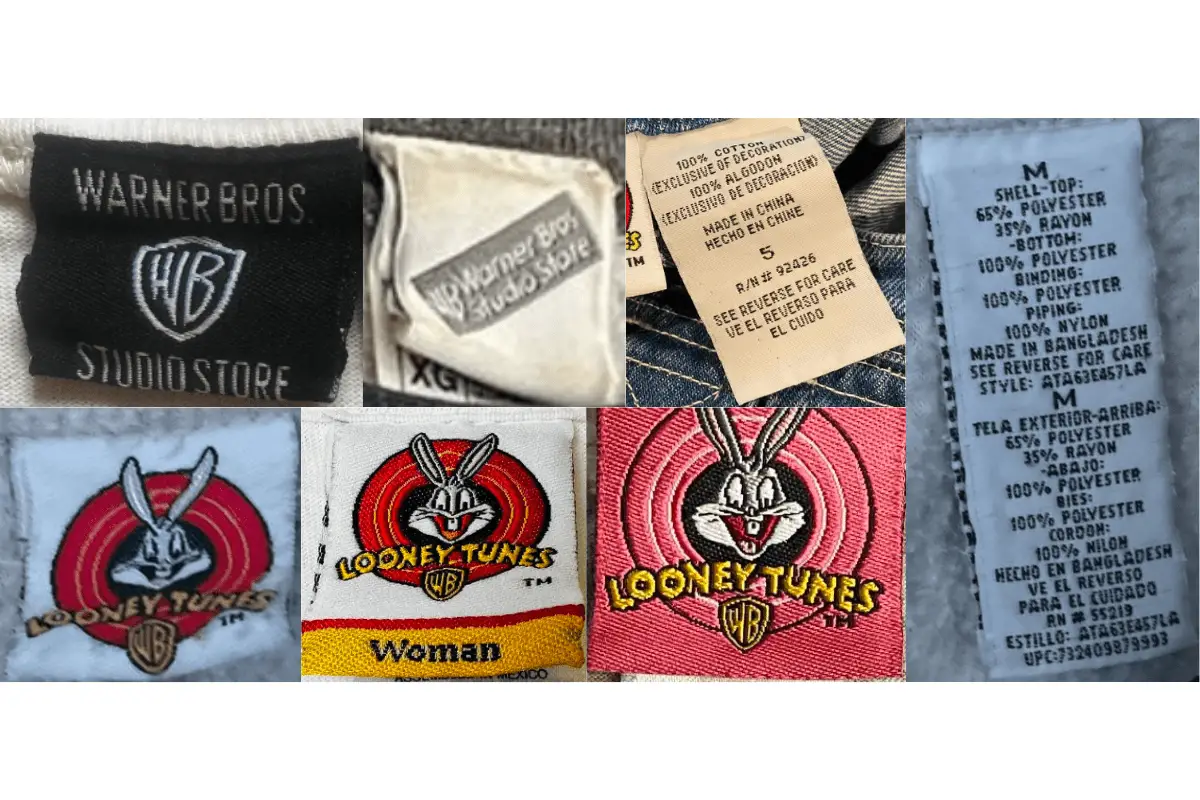
2000s Looney Tunes tags
2010s vintage Looney Tunes tags
- Modernized tags with a variety of colors and materials, reflecting contemporary design trends.
- Greater use of character illustrations integrated with the Looney Tunes logo in creative ways.
- Tags often feature more comprehensive care instructions and sometimes QR codes or additional branding elements.
- Continued emphasis on Warner Bros. branding, sometimes with collaboration details with other brands or designers.
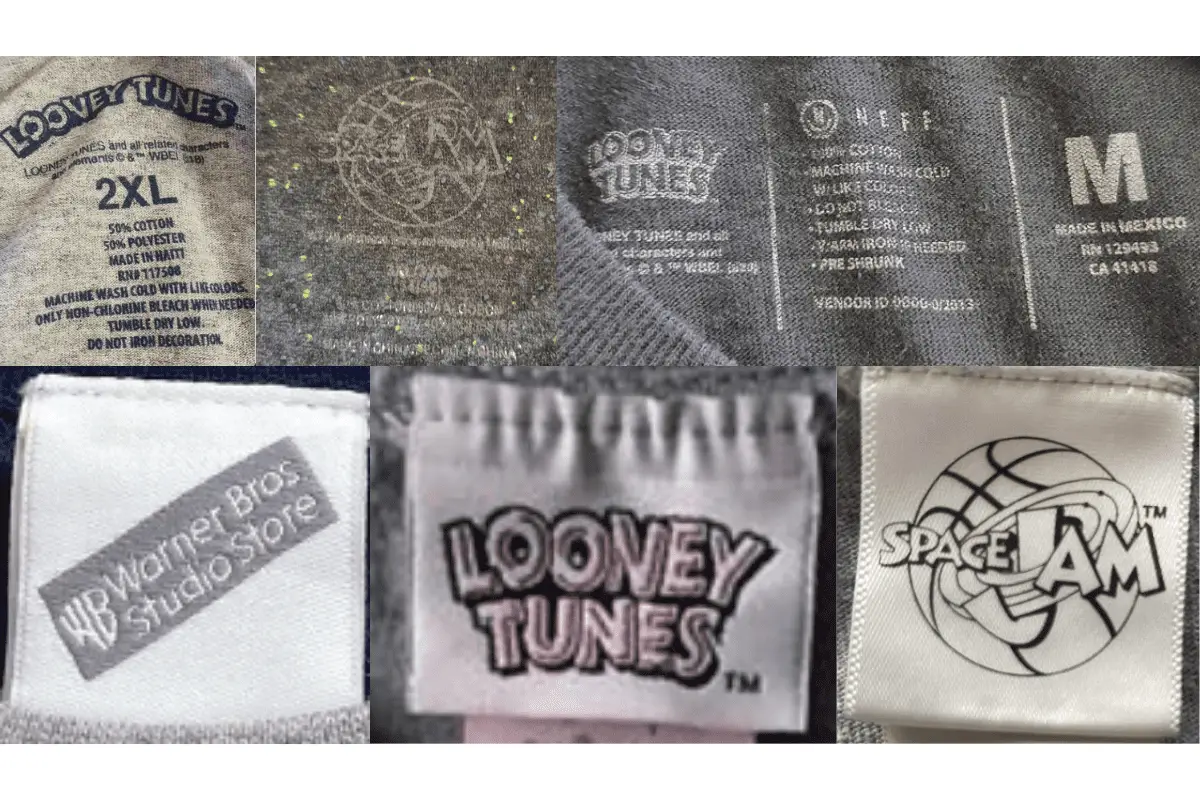
2010s Looney Tunes tags


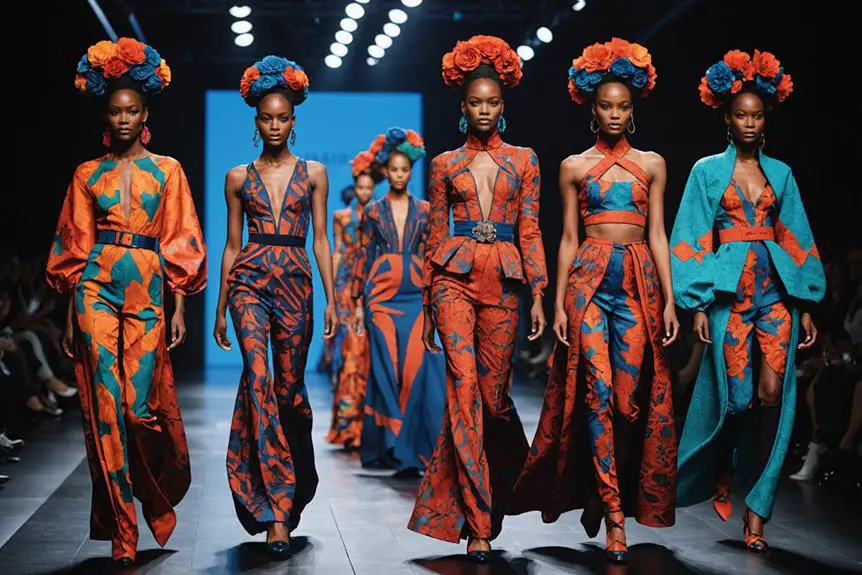
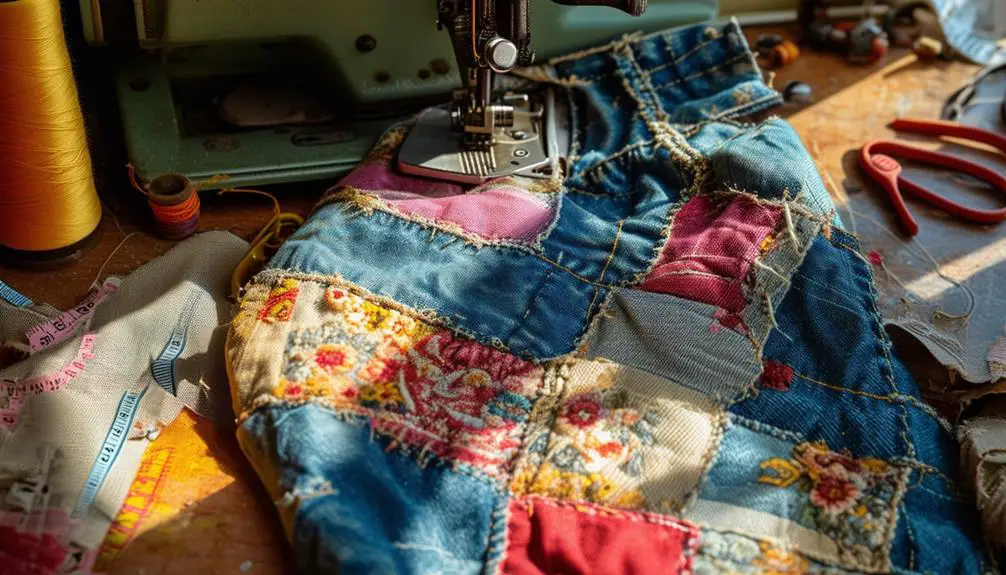

Hmm is anyone else encountering problems with the images on this
blog loading? I’m trying to find out if its a problem on my end or if it’s the blog.
Any feed-back would be greatly appreciated.
casino en ligne France
I wanted to thank you for this wonderful read!!
I absolutely loved every little bit of it. I’ve got you book-marked
to check out new things you post…
casino en ligne
I couldn’t resist commenting. Perfectly written!
casino en ligne France
Please let me know if you’re looking for a writer for your blog.
You have some really good posts and I think I would
be a good asset. If you ever want to take some of the load off, I’d love to write some articles for your blog in exchange for a link back to
mine. Please blast me an email if interested. Thank you!
casino en ligne
Howdy! Would you mind if I share your blog with my twitter group?
There’s a lot of folks that I think would really appreciate your content.
Please let me know. Cheers
casino en ligne France
Everyone loves it when folks come together and share opinions.
Great site, stick with it!
casino en ligne francais
This is very interesting, You are a very skilled blogger.
I have joined your rss feed and look forward to seeking more of your fantastic
post. Also, I have shared your site in my social networks!
casino en ligne
Hello there I am so grateful I found your webpage, I really found you
by mistake, while I was looking on Aol for something else, Nonetheless I am here now and would just like to say thanks a
lot for a tremendous post and a all round enjoyable blog (I also love the theme/design), I don’t have time
to read it all at the minute but I have book-marked it
and also added your RSS feeds, so when I have time I will be back to read more, Please do
keep up the great b.
casino en ligne
Thank you for some other great article. The place else may just anybody get that kind of info
in such an ideal approach of writing? I’ve a presentation next week, and I am on the search for
such info.
casino en ligne
This paragraph offers clear idea designed for the new users of blogging,
that in fact how to do blogging and site-building.
casino en ligne francais